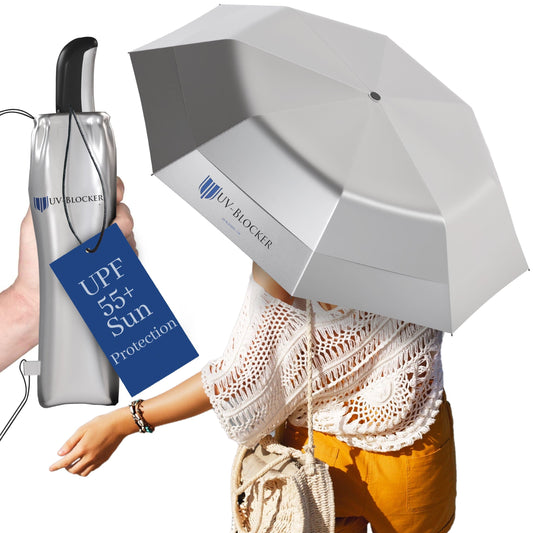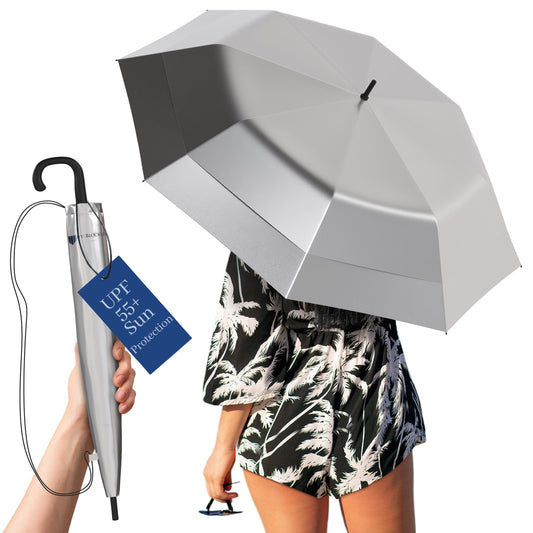Balancing Outdoor Sports and Skin Cancer Risk: How to Stay Safe and Reap the Benefits of Exercise
Outdoor sports are a great way to stay active and maintain a healthy lifestyle, but they also come with a hidden risk: increased exposure to ultraviolet (UV) radiation from the sun. Whether you’re running, cycling, playing tennis, or engaging in any other outdoor activity, spending long hours under the sun without proper protection can elevate your risk of developing skin cancer. However, physical activity offers a multitude of benefits, including a reduced risk of various other cancers. So, how do you strike a balance between staying active and protecting yourself from the sun? Let’s dive into the risks and rewards, and how you can enjoy outdoor sports safely.
The Link Between Outdoor Sports and Skin Cancer
Outdoor sports inherently increase exposure to UV rays, which are the primary cause of skin cancer. Prolonged sun exposure, especially without protection, can damage the DNA in skin cells, leading to mutations that can develop into cancer. Athletes involved in outdoor sports are particularly vulnerable, as they spend more time in direct sunlight than the average person.
Additionally, sweat and water can make sunscreen less effective, leaving skin exposed even if you've applied a generous layer before heading out. Swimming, sweating, or wiping your face with a towel can all diminish the protective barrier that sunscreen provides, increasing your risk of harmful UV exposure.
While UV exposure is a concern, there’s no need to avoid outdoor sports altogether. By taking the right precautions, you can enjoy the benefits of physical activity while minimizing the risk of skin cancer.
How Physical Activity Lowers the Risk of Other Cancers
The health benefits of regular exercise are numerous, and one of the most significant is its ability to reduce the risk of several types of cancer. Studies have consistently shown that individuals who engage in higher levels of physical activity have a lower risk of developing cancers like breast, colon, endometrial, kidney, bladder, esophageal, and stomach cancer.
The link between physical activity and lower cancer risk is supported by observational studies, where participants self-report their exercise habits and are followed for years. While these studies can’t definitively prove a causal relationship, their consistency across different populations provides strong evidence that staying active plays a role in cancer prevention.
In fact, a study published in the Journal of Clinical Oncology in 2019, conducted by the American Cancer Society, the National Cancer Institute, and the Harvard T.H. Chan School of Public Health, found that the equivalent of 2.5 to 5 hours of moderate-intensity activity per week (or 1.25 to 2.5 hours of vigorous activity) significantly lowered the risk of seven types of cancer. This study highlights the importance of regular physical activity in reducing cancer risk across the board.
Mechanisms Behind Exercise and Cancer Prevention
Regular exercise helps maintain a healthy weight, which in turn helps regulate hormones like insulin and estrogen. These hormones, when imbalanced, can contribute to cancer growth. Exercise also supports the immune system, improving the body’s ability to detect and fight off abnormal cells before they turn into cancer.
In the U.S., being overweight or obese contributes to an estimated 14% to 20% of cancer deaths. Losing even a small amount of weight can have profound health benefits, making exercise a key component of cancer prevention. By engaging in regular physical activity, you not only reduce your risk of developing cancer but also enhance your overall health and well-being.
Striking a Balance: Tips for Reducing Skin Cancer Risk During Outdoor Sports
So how do you continue to enjoy the benefits of outdoor sports while protecting yourself from skin cancer? Here are some practical tips:
- Avoid peak sun exposure: The sun’s UV rays are strongest between 10 a.m. and 4 p.m., so try to schedule your workouts during the early morning or late afternoon. Not only will you reduce your exposure to harmful UV rays, but you’ll also enjoy cooler, more comfortable temperatures.
- Wear adequate clothing: Opt for sun-protective clothing, including long-sleeve shirts, hats with wide brims, and sunglasses that block 100% of UV rays. Many athletic brands now offer clothing made from fabrics that provide UV protection, making it easier than ever to stay covered while staying active.
- Apply water-resistant sunscreen: Use a broad-spectrum sunscreen with an SPF of at least 30, and make sure it’s water-resistant if you’re likely to sweat or swim. Reapply every two hours, or more frequently if you're swimming or sweating heavily.
- Seek shade: Whenever possible, take breaks in shaded areas to give your skin a break from direct sunlight. If you’re at a sporting event, sit under an umbrella or shaded structure when you're not actively playing.
- Use UV-blocking accessories: Sunglasses, hats, and even specialized UV umbrellas can help reduce your overall UV exposure when combined with sunscreen and protective clothing.
How Much Exercise Is Enough?
The 2019 study published in Journal of Clinical Oncology suggests that adults should aim for at least 2.5 to 5 hours of moderate-intensity physical activity per week. This could include activities like brisk walking, cycling, or doubles tennis. Alternatively, you can engage in 1.25 to 2.5 hours of vigorous-intensity activity, such as running, swimming laps, or playing singles tennis.
Even if you haven’t been active for a while, starting slowly and building up your activity level can still provide significant benefits. Research shows that even lower amounts of physical activity can reduce cancer risk, so it’s never too late to start. Before beginning any new exercise routine, it’s a good idea to check in with your doctor, especially if you have any underlying health conditions.
Conclusion: Stay Active and Stay Safe
Outdoor sports offer a wealth of health benefits, including a reduced risk of several types of cancer. However, it’s important to recognize the increased risk of skin cancer that comes with prolonged sun exposure. By following simple sun safety tips—such as wearing protective clothing, applying water-resistant sunscreen, and avoiding peak sun hours—you can enjoy the benefits of physical activity while protecting yourself from harmful UV radiation.
Remember, physical activity is a powerful tool in reducing the risk of many cancers, including breast, colon, and bladder cancer. By staying active and taking precautions against UV exposure, you can safeguard your health in more ways than one.








